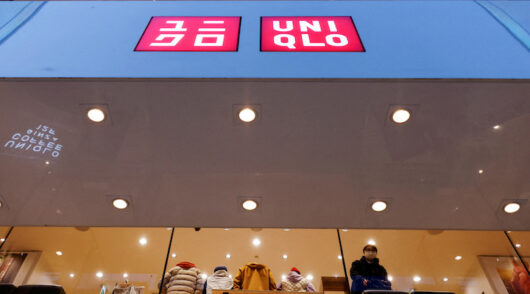If a retail business is to achieve full potential the manager and staff must have excellent knowledge and skills – and more importantly apply them effectively in the business.
This attitude delivers service excellence (reputation), increased satisfaction, (loyalty) and better results, (profit), yet there are always skeptics of the value of and approach to training and developing retail skills.
A lack of belief in the value of and need for training, an inability to justify the cost, the loss of “retail” time and not knowing how to confirm measurable outcomes combine to give those with doubts an easy justification for making the decision “if we need it we will do it ourselves”.
In Asia there is also the “secret society syndrome” where the retailer thinks external training allows their “secrets to success” to be unleashed in the open competitive market. This approach has a significant “isolating” impact and presents a danger of failing to stay competitive in the retail market.
Some retailers have the attitude “if we train the people they will go to our competitors”, and justify that as the basis for not training. The question here really is: is it better to not train and have below standard staff disappointing the customers, (a business loss), or to train staff and deliver performance excellence, (a business gain). The issue of losing team members is all about company attitudes and the employment environment. Great companies can and do keep the best people because they are the best companies to work for. People want to be associated with the best, (reputation can be more powerful than salary).
“We never lose staff to the competitors” is not a “win” if no one wants them because they are below standard but if the statement is “we have the best people in the industry and we never lose them to the competitors” that is an enormous “win” and a hallmark of the world’s best retailers.
Barriers to innovation
The Australian Bureau of Statistics 2012 Small Business Report described innovation as “the key to productivity and competitiveness” yet despite threats from larger business, concluded more than 60 per cent of small businesses did not engage in innovative activities at all!
Innovative activities are defined as any business improvement activity including training. If innovation is the solution, then most small businesses were unable to improve their comparative position.
The report identified “barriers to innovation” and training at the forefront of the reasons:
1. Limited owner/manager knowledge and skills – A lack of new ideas, initiative and leadership.
2. Lack of resources for innovation – usually insufficient cash or credit.
3. Available training and other activities unsuitable – those responsible for implementing programs choose poorly. Training and improvement programs were unaffordable.
5. Inconvenience & disruption – difficult to organize due to location factors and the need for relief staff.
6. Lack of business certainty & commitment – owners or senior executives question whether training is worthwhile.
Knowledge vs skills
So what is developing people in the retail industry all about?
“Knowledge” describes the information needed to operate the business effectively such as employment issues, security, safety, systems, financial management and product knowledge.
“Skills” describes how to do it or how to practically apply the knowledge.
In both cases, it is necessary to establish uniform quality performance standards to apply across the business. This facilitates “multiskilling” which greatly improves staffing flexibility and productivity.
Quality training or instruction
If training courses are used, it is important to ensure they are relevant to the business’ unique needs. Often retail and other business courses are developed by trainers with little or no practical retail experience resulting in major omissions or emphasis on general employment issues rather than development of practical retail technical skills.
Before you commit to a training program ensure that it meets your practical needs!
The Checklist:
• Identify and document accurate business knowledge and skill standards.
• Document what you have and what you want – the knowledge and skills gap.
• Resource the market to identify world’s best programs.
• Add your own “look and feel” to personalize the programs.
• Ensure programs for implementation match the identified “gaps”.
• Carefully plan “how, when and where” skill development programs will be implemented.
• Set measurable outcomes to gauge learning outcomes.
Two principles are necessary to develop quality, practical retail knowledge and skills:
Retail is detail
Many retailers hope for a ‘new wonder product’ which will solve all their sales and profit problems, but what if that doesn’t appear? A better strategy is to manage in detail by focusing on many small improvements which in combination can produce significant gains in sales and profits.
Learn by doing
Under the ancient apprenticeship method, the apprentice would learn practical tasks under the supervision of the master. For retailers, this remains the best method of teaching practical retail tasks. In a business, this ensures uniform, high performance standards and multi-skilling to improve business service, efficiency and productivity.
World champion Formula 1 drivers practice and practice some more and when finished practice again. They continue to learn and develop skills that can result in saving milliseconds of time and it is the accumulation of these microscopic improvements that are the difference between just being a driver and being a world champion.
Acknowledgement: this article was completed in collaboration with Peter Rutherford, MD Productivity Now.
InsideRetail.Asia columnist Darrell Wisbey has 40 years of retail experience, living and working in Australia and Asia. Darrell delivers seminars and workshops for Philippine Retailers Association. Visit Darrell Wisbey www.darrellwisbey-retailadviser.com Email: darrell.wisbey@gmail.com.






